Showing 81-90 of 91 results
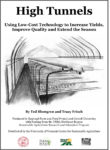
High Tunnels
This manual on using high tunnels or hoop houses for season extension includes case studies, a supplier list and chapters on marketing, site selection, construction and types, and soil, pest and environmental management.
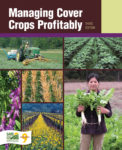
Managing Cover Crops Profitably, 3rd Edition
Managing Cover Crops Profitably explores how and why cover crops work and provides all the information needed to build cover crops into any farming operation.
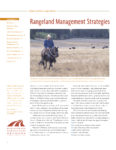
Rangeland Management Strategies
Features innovative SARE-funded research on creating and sustaining a healthy range.
GIS Applications in Agriculture: Nutrient Management for Improved Energy Efficiency Volume II
Provides an outline of how management recommendations are developed and how a ground-based active sensor can be used. It contains 24 case studies (exercises) ranging from using historical techniques to overcome production barrier to calculating soil organic carbon maintenance requirements. A CD containing data sets is included with the book.
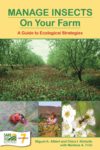
Manage Insects on Your Farm
While every farming system is unique, the principles of ecological pest management apply universally. Manage Insects on Your Farm highlights ecological strategies that improve your farm’s natural defenses and encourage beneficial insects to attack your worst pests.
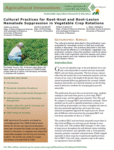
Cultural Practices for Root-Knot and Root-Lesion Nematode Suppression in Vegetable Crop Rotations
This publication discusses the use of non-host crops, sorghum sudangrass and castor bean grown as cover crops, RKN-resistant crops, and the application of poultry litter (PL) and PL compost to manage RKN and root-lesion nematode.
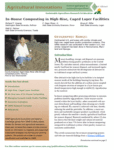
In-House Composting in High-Rise, Caged Layer Facilities
This fact sheet describes research on composting manure inside of the buildings housing laying hens. Research showed that the addition of a carbon source coupled with frequent aeration of compost in a layer house produced temperatures high enough to inhibit fly reproduction in the material, and odor problems are diminished.
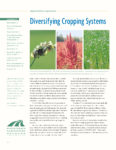
Diversifying Cropping Systems
This bulletin describes some of the many agronomic crop alternatives to use in rotations, with plentiful examples of on-farm successes.
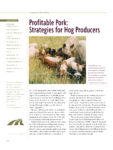
Profitable Pork
The 16-page bulletin features profiles about successful hog producers as well as the latest research on everything from greater profits to better-tasting pork raised in alternative hog systems.

Estrategias Economico-Ambientales en la Crianza de Cerdos
Granjeros que quieren producir puercos con éxito en pequeña escala pueden preservar su independencia de cara a la industria de puercos en proceso de consolidación.